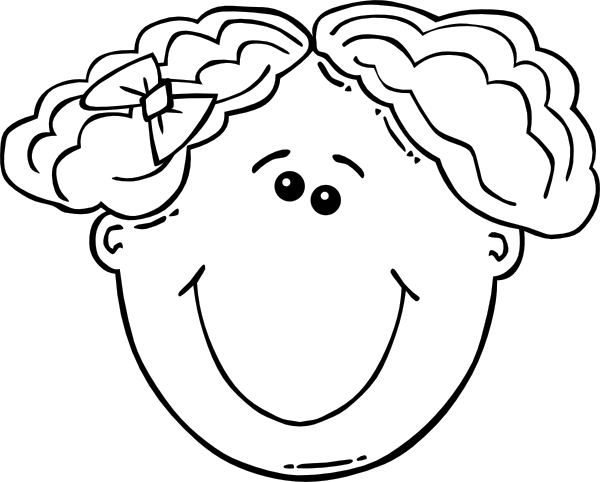
With a portrait drawing being off, I don't mean small differences in eye sizes or eyebrow shape. This means that most people, artists or not, will be able to notice if something is off when viewing a portrait, even if at first they can't pinpoint exactly what it is. The main reason being that what we see most everyday are the faces of those around us. This is why it's so important to devote enough time to our preliminary outline sketches, especially if we're looking to draw freehand (without tracing or using grids), and our objective is to create believable-looking portraits. We're going to be building on an unstable base. No matter how amazing we may be at shading and texture techniques, if our proportions are off when we finish this first phase of our drawing, something will look off at the end. When we're looking to draw faces that are a bit more on the realistic side, it's imperative to start with an effective preliminary outline sketch that shows believable proportions and locations of different facial features within the head shape, before moving on to smaller details and shading.īecause that preliminary outline sketch is the foundation for everything else.
#FACE OUTLINE HOW TO#
Not there yet? No worries! Check out my How to Draw a Simple Face Tutorial for Beginners blog post. This is one of the most-used angles in both painting and photography portraiture and, in my opinion, its the best one to move on to after we've succeeded at drawing a completely forwards-facing face. In the video included in this post, I take you step-by-step through drawing a female and male face using Andrew Loomis's method, and below that, I provide a simple 4-step process for drawing faces using reference photos. In this blog post/ YouTube video I'll explain how I draw faces at a 3/4's angle and with believable proportions. :)Īre you getting a bit tired of always drawing stiff, flat faces looking forward? Would you like to start drawing faces at different angles but have no idea where to start? Do you frequently find something is a bit off when you finish your portrait drawings? I receive small commissions for purchases made through these links at no extra cost to you. These commissions help me keep this site up and running, in order for me to keep providing helpful and inspiring art content. The component should accept a children prop which will be nested segments.*This post contains affiliate links. Recommendation: We recommend using Layouts unless you have a specific reason to use Template.Ī template can be defined by exporting a default React component from a template.js file. For templates, the fallback is shown on each navigation. For example, Suspense Boundaries inside layouts only show the fallback the first time the Layout is loaded and not when switching pages. To change the default framework behavior.Features that rely on useEffect (e.g logging page views) and useState (e.g a per-page feedback form).Enter/exit animations using CSS or animation libraries.There may be cases where you need those specific behaviors, and templates would be a more suitable option than layouts. This means that when a user navigates between routes that share a template, a new instance of the component is mounted, DOM elements are recreated, state is not preserved, and effects are re-synchronized. Unlike layouts that persist across routes and maintain state, templates create a new instance for each of their children on navigation. Templates are similar to layouts in that they wrap each child layout or page. You can use Route Groups to opt specific route segments in and out of shared layouts. By default, layouts in the file hierarchy are nested, which means they wrap child layouts via their children prop. dashboard) and render when those segments are active. app/dashboard/layout.js) apply to specific route segments (e.g. Migrating from the pages directory: The root layout replaces the _app.js and _document.js files.




 0 kommentar(er)
0 kommentar(er)
